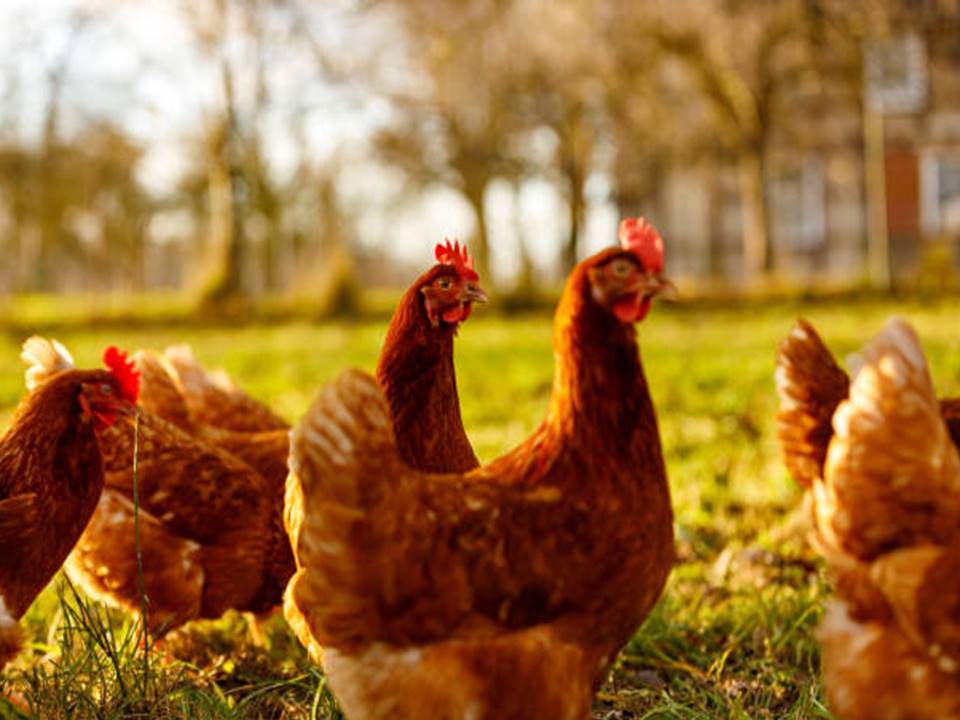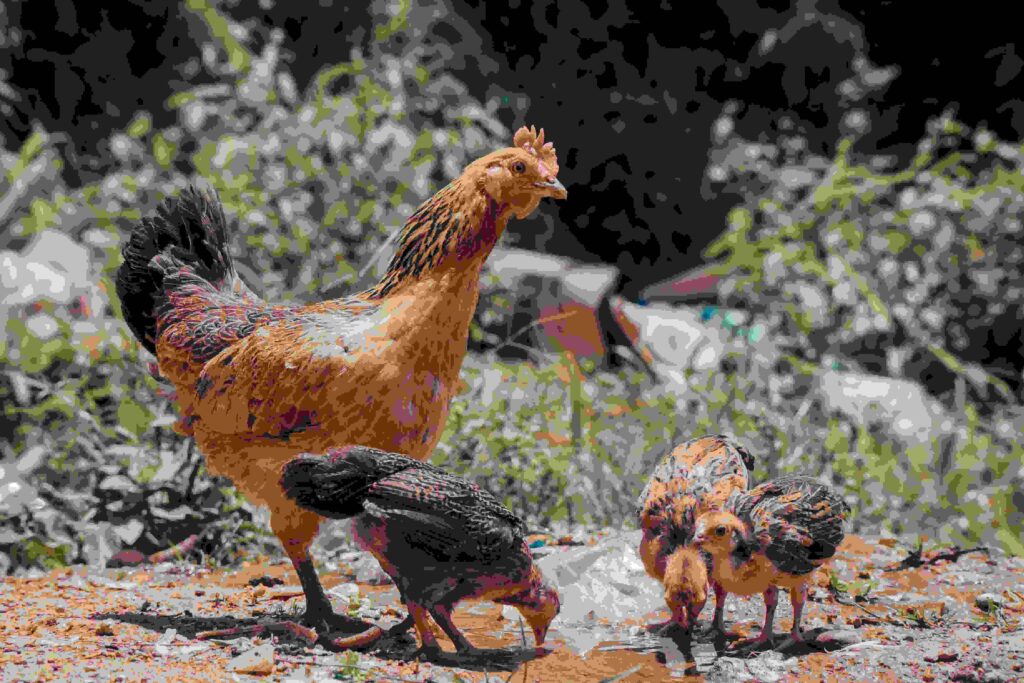Add a header to begin generating the table of contents
Best Practices for Marketing Your Organic Chicken Farm Products
Marketing organic chicken products effectively is essential for attracting customers, building brand awareness, and driving sales. This guide provides in-depth strategies for promoting your products to a broad audience using both online and offline marketing methods.
Introduction to Organic Chicken Farming Marketing
Organic chicken farming has gained popularity as more consumers are drawn to sustainable agriculture and health-focused diets. The shift toward natural, antibiotic-free poultry presents a lucrative opportunity for organic chicken farmers. To make the most of this trend, you’ll need a comprehensive marketing strategy that emphasizes authenticity, quality, and sustainability.
If you’re new to this field, check out our Beginner’s Guide to Raising Chickens Naturally and Starting Your Own Organic Chicken Farm: A Comprehensive Guide for Beginners.
Understanding Your Target Audience
Identifying and understanding your target audience is fundamental to marketing your organic chicken products effectively. Consider the following target groups:
- Health-Conscious Consumers: These buyers prioritize antibiotic-free, hormone-free poultry, seeing it as healthier and safer for consumption.
- Eco-Conscious Individuals: Consumers in this category value sustainability and ethical animal treatment, making organic farming appealing to them.
- Retailers and Restaurants: Local restaurants, grocery stores, and specialty shops looking for high-quality organic products for their customers are potential bulk buyers.
Understanding your customers helps tailor your marketing campaigns for better results. Whether targeting individuals or businesses, your strategy should reflect the needs and preferences of your audience.
Crafting a Compelling Brand Story
Your brand story should highlight:
- Your commitment to organic practices: Describe your farming process, from hatching to harvesting, to show customers that your products are genuinely organic. Referencing reliable sources such as the USDA Organic Certification adds credibility.
- Animal welfare: Emphasize humane farming practices like free-range spaces, natural diets, and ethical handling to attract ethical consumers.
- Sustainability efforts: Share details about sustainable farming methods, including recycling, renewable energy, and water conservation. You can link to resources like Sustainable Agriculture Research & Education (SARE) for more information on sustainable farming techniques.
Your story creates an emotional connection with customers, enhancing trust and loyalty. To understand more about global organic standards, check out An Overview of USA and EU Organic Chicken Farming Guidelines.
Building an Optimized Website for Organic Chicken Products
A strong online presence starts with a well-optimized website. Here’s how to make it effective:
Website Structure and SEO
User-Friendly Design: Your website should be easy to navigate, mobile-responsive, and visually appealing. Include categories like “Products,” “Farm Story,” “Recipes,” and “Contact Us” to make it easy for users to find what they need.
Keyword Optimization: Use SEO-friendly keywords like “organic chicken,” “free-range poultry,” “sustainable chicken farming,” and “natural chicken products” throughout your site to improve search rankings.
Visual Content: Use high-quality images of your farm, chickens, and products to engage visitors. Videos demonstrating your farming process can also be effective in building transparency.
Internal Linking: Add links to related content like Daily Routines for Healthy Chickens or Feeding Chickens – The Natural Way to enhance user engagement and SEO.
High-DA External Links for Credibility
Include links to authoritative external sites, such as the Organic Trade Association, to reinforce your claims about organic standards and market data.
Leveraging Social Media for Organic Chicken Marketing
Social media platforms are essential for reaching a broader audience, engaging with customers, and promoting your products. Here are some strategies:
Platform Selection: Focus on platforms like Facebook, Instagram, TikTok, and YouTube, which cater to food enthusiasts, health-conscious individuals, and sustainability advocates.
Content Creation: Share regular updates, including photos, videos, and articles. For instance, post recipes featuring your organic chicken products or videos about ethical farming practices.
Hashtag Use: Use relevant hashtags such as #OrganicChicken, #SustainableFarming, and #FreeRange to boost visibility and reach a wider audience.
User-Generated Content: Encourage customers to share their experiences, recipes, and testimonials using your products. Feature these posts on your pages to build community and trust.
Engaging the Local Community
While digital marketing is crucial, local engagement is equally important:
Host Farm Visits: Invite the community to your farm for tours, allowing them to see firsthand your commitment to sustainable and humane farming practices.
Participate in Farmers’ Markets: Set up booths at local farmers’ markets to offer samples, showcase your products, and interact directly with customers.
Collaborate with Local Businesses: Partner with local restaurants, cafes, and food cooperatives to feature your products on their menus. This can increase brand exposure and create valuable business relationships.
Implementing Effective Email Marketing
Email marketing is a cost-effective tool to keep your customers informed and engaged:
Weekly Newsletters: Send regular updates that feature new products, exclusive offers, and tips for preparing organic chicken. Include links to articles like Top 10 Common Mistakes in Organic Chicken Farming.
Personalization: Use customer names, purchase history, and behavior data to tailor email content. For example, offer special discounts on frequently bought products.
Exclusive Offers: Reward subscribers with early access to new products, special discounts, or free recipe guides.
Influencer Marketing for Organic Chicken Products
Working with influencers can help promote your products to a wider audience:
Choose Relevant Influencers: Focus on influencers who promote organic, health-focused, or sustainable living lifestyles. Micro-influencers with 5,000-20,000 followers can have a strong local impact.
Collaborative Campaigns: Partner with influencers to create cooking tutorials, farm tour videos, or product reviews. This can generate authentic content that resonates with followers.
Content Marketing and Blogging for Organic Chicken Products
Creating valuable content not only educates your audience but also improves your website’s search engine rankings:
Write In-Depth Blog Posts: Topics such as Top Chicken Breeds for Sustainable Farming or “Benefits of Organic Chicken for Health” can attract more readers and establish authority in the industry.
Create How-To Guides: Publish guides like “How to Start Organic Chicken Farming” or Setting Up a Small-Scale Chicken Farm to educate potential customers.
Use Visual Aids: Add infographics, charts, and videos to make your content more engaging. Videos are particularly effective in explaining complex topics, such as how organic certification works.
Analyzing and Refining Your Marketing Strategy
Tracking the performance of your marketing efforts is critical to understanding what works and refining your strategy:
Google Analytics: Use this tool to monitor website traffic, user behavior, and conversion rates. Identify which pages are most visited and optimize underperforming ones.
Social Media Insights: Analyze engagement rates, follower growth, and demographics to understand which content resonates most with your audience.
Email Marketing Metrics: Track open rates, click-through rates, and conversion rates to measure the effectiveness of your campaigns.
Visual Data Representation
Use visual data to communicate marketing performance more effectively:
Table for Marketing Channel Performance
Channel | Visitors | Conversions | Conversion Rate (%) |
Website | 5,000 | 350 | 7 |
Facebook Ads | 3,500 | 250 | 7.1 |
Instagram Ads | 3,000 | 220 | 7.3 |
Pie Chart for Product Preferences.

Column Chart for Website Traffic
Show monthly growth of website visitors, highlighting promotional campaigns, content releases, and seasonal trends.

Advanced Marketing Tips
Leverage Online Marketplaces: Consider selling on platforms like Amazon, Etsy, or local online organic marketplaces to reach a broader audience.
Optimize Packaging: Use eco-friendly packaging materials that reflect your commitment to sustainability. Include clear labels indicating organic certification, farm location, and nutritional information.
Showcase Customer Testimonials: Display positive reviews on your website and social media to boost credibility and trust.
Implement Affiliate Programs: Set up an affiliate marketing program where customers or influencers earn a commission for promoting your products, extending your reach.
Conclusion
Marketing your organic chicken products requires a balanced strategy that combines digital marketing, local community engagement, and ongoing analysis. By implementing these best practices, you can increase visibility, build trust, and drive sales for your organic chicken farm.



